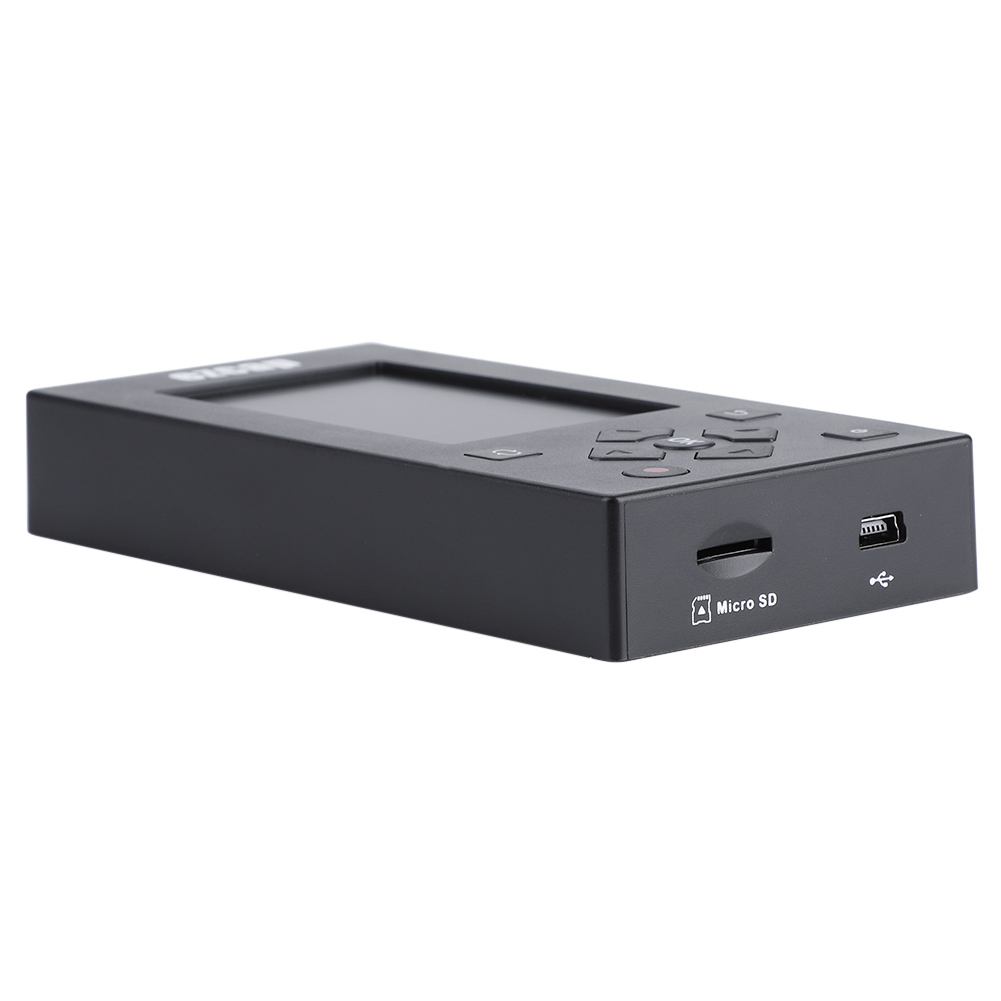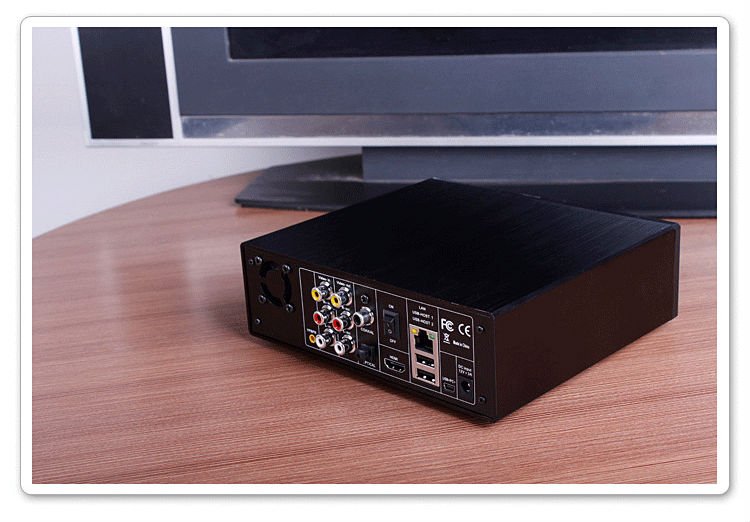
Int32 4 The start of the lumps data in the fileĬhar 8 An ASCII string defining the lump's name The length of the directory is determined by the number given inĮach of the 16 bytes entries follows the same format: It consists of a number of entries, each with a length of 16īytes. The directory associates names of lumps with the data that belong to


Next step is to parse the directory, so that we get the addresses and You can find additional types (such as the WadReaderError enum) in invalidWadFile(reason: \ "Empty Wad File\ ") Defines whether the WAD is an IWAD or a PWAD. It contains three values: // The ASCII characters \"IWAD\" or \"PWAD\". Let's see a simple example: let data = Data(bytes: )ĭata. This method allows direct access of the our data's bytes from within aĬlosure. func withUnsafeBytes(( UnsafePointer) -> ResultType) Instead, Data offers a new method: // Access the bytes in the data. However, if you're using Data this functionality is not availableĪnymore. getBytes(&header, range: NSRange(location: 0, length: 8)) Strings, there's an even easier way of doing this, you can simplyĭefine a struct with the correct fields and read the bytes directlyĭata. getBytes(&length, range: NSRange(location: 8, length: 4)) getBytes(&start, range: NSRange(location: 4, length: 4))ĭata. Var length: UInt32 = 0 var start: UInt32 = 0ĭata. Parsing this data with NSData is pretty straight forward: let data =. Header define the amount of items stored in this file. Where the header ends and the items begin), the final 4 bytes in the The next 4 bytes define the start of the actual data (i.e. The file contains a 4 byte string "ABCD" tagging it as the correctįile type. A common example: Say you want to read a binaryįile which encodes a list of items. Most common is when you need to parse a file and read the bytes intoĭata types / variables. There're many different usage scenarious for getBytes. Lack of the NSData getBytes method: // NSData func getBytes( _ buffer: UnsafeMutablePointer, length length: Int)
#AVRECORDER WRITE TO NSDATA CODE#
Interact with lower level code such as C libraries is the distinct Other common Swift data types: init(bytes: Array)Īnother difference which you will run into if you're using Data to Print (data = Data(bytes: )) // trueĭata also offers several new initializers which specifically handle Is how easily you can now subscript and compare data: var data = Data(bytes: ) Here's a small sample: func distance(from: Int, to: Int)įunc flatMap(( UInt8) -> ElementOfResult?)įunc index( Int, offsetBy: Int, limitedBy: Int)įunc split(separator: UInt8, maxSplits: Int, omittingEmptySubsequences: Bool)įunc reduce( Result, (partialResult: Result, UInt8) -> Result)Īs you can see, many functional approaches, such as mapping or filteringĬan now be done on the byte contents of Data types. This adds functionality to Data which did not exist in NSData.


Those methods from the following protocols: Via Swift's formidable Protocol Extensions. Note that Data simplifies the various ways of reading and writing dataįrom the file system into two calls while NSData offers multipleĪnother difference can be observed when comparing the methods on These methods: init(contentsOf: URL, options: ReadingOptions)įunc write(to: URL, options: WritingOptions) (implementations for file: String instead of NSURL)įor those basic usages, very little changed. Init(contentsOfURL url: NSURL, options readOptionsMask: NSDataReadingOptions) throws //. (implementations for file: String instead of NSURL) init?(contentsOfURL url: NSURL) Writing of data via these calls: func writeToURL( _ url: NSURL, atomically atomically: Bool) -> Bool func writeToURL( _ url: NSURL, options writeOptionsMask: NSDataWritingOptions) throws //. NSLog( length before save: %d ", data.One of the most common usage scenarios for NSData is the loading and sorry for that, but synchronous call is simpler to show you the results NSData *data = ]


 0 kommentar(er)
0 kommentar(er)
